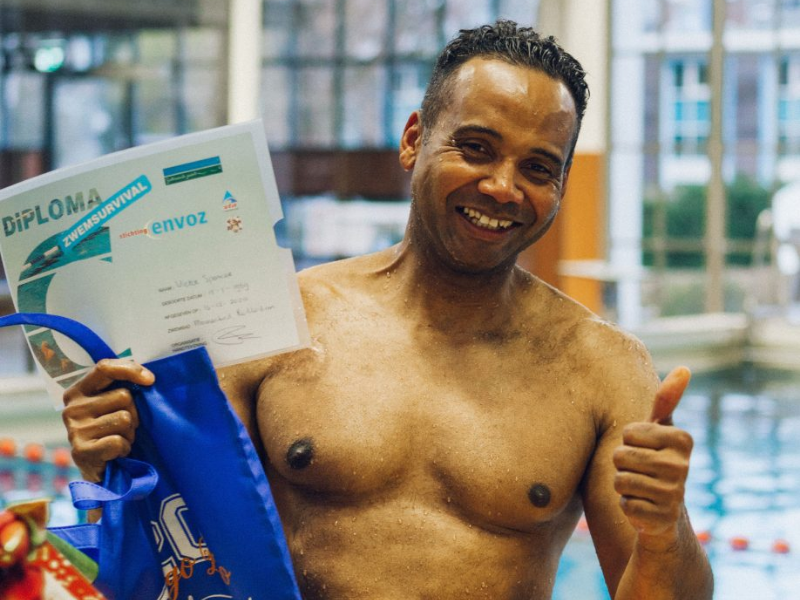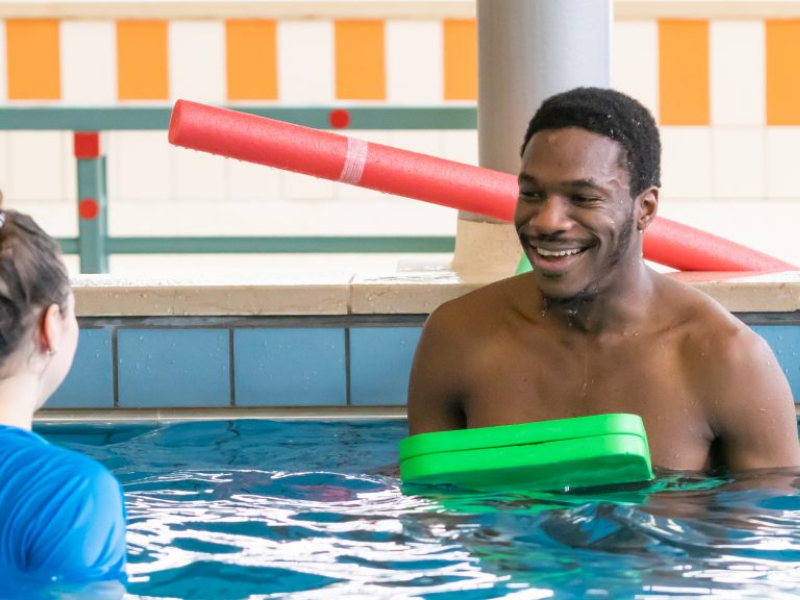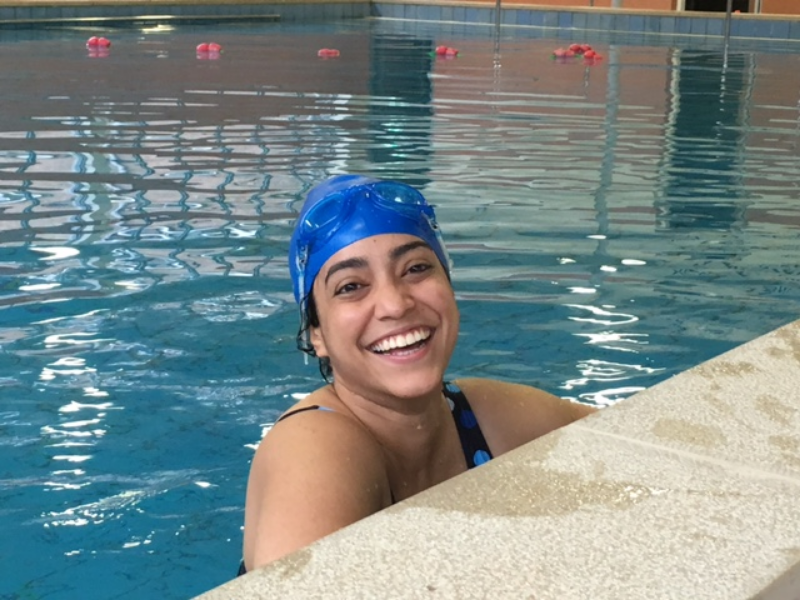How we deal with aquafobia
What is Aquaphobia?
Even though it is not in the top 10 most spread phobias, it can create havoc. This fairly common specific phobia that involves a level of persistent and abnormal fear towards water and water related activities is beyond the person’s control and it may interfere with his or hers daily life. People suffer of aquaphobia in many different ways and may experience it even though they fully realize that the water in an ocean, a river, or even a bathtub poses no imminent threat. They may avoid such activities as boating and swimming, or they may avoid swimming in the deep ocean despite having mastered basic swimming skills. This anxiety commonly extends to getting wet or splashed with water when it is unexpected, or being pushed or thrown into a body of water.
Like all phobias, it may vary dramatically in severity from person to person. Some people are only afraid of deep water or strong waves, while others fear swimming pools and bathtubs. Some are afraid of entering the water, while others cannot bear to even look at a large body of water. Occasionally, fear of water is so pervasive that even being splashed or sprayed with water can cause a phobic reaction.
The last 6 years Your Personal Swim Coach is helping people who had to deal with a severe fear of water daily. The team of coaches is multinational, patience and capable to have swimmers have passed through the process of overcoming their phobia and becoming a relaxed and confident swimmer that not only enjoys water but also is looking forward to the next lesson.
For each of these persons the main reason their fear of water developed has been a negative introduction to or negative experience in water or even worse, they’ve undergone a traumatic event. Some have been pushed into the water, bullied by others, others were shown little or no respect by their previous instructors, fallen of a boat, or had a tensed parent who set an unfortunate example during their childhood. Any of these reasons is more than enough to determine the start of aquaphobia.
Each one of them has decided to face this fear and in the end they all prevailed.
Whether they were driven by their wish to share the beauty and joy of swimming with their children; or because they wanted and needed to return into the water so that they could use swimming as an exercise, was less relevant than the major victory they have accomplished by being in water. So there they were, with nothing else but a bathing suit, showing up at one of our venues. No matter for which of our classes they have enrolled – Private Lessons or Small Group Classes – the determination and mental battle they had to go through was just as big. They are an inspiration and a role model for us and their courage and success made us to be even more grateful for our position.
Under these circumstances, learning how to swim is more of a mental process than a process of explaining how to use one’s arms and legs. When dealing with sever fear, the mind is dominated by preexisting thoughts and believes based on negative experiences. These believes have been repeated for so many times that they become “the truth”. This will make one fight for, or at least fear for, one’s life as soon as getting close to a pool. These thoughts can dominate mental processing and block out all rationality, all positive encouragement and common sense within less than a second.
This phase of the learning process causes a lot of frustration; our students are mainly adults, bright college educated professionals and mostly expats; but with our help and guidance they all found a way to pass this phase and they have all become confident, efficient and relaxed swimmers; they are no longer afraid of water. Before reaching this moment of bliss, though, most of them went through several phases; they got angry with themselves and disappointed each time they failed or panicked; they allowed negative thinking to take over which led to more negative thinking and thus threw them in a vicious cycle of negativity; they suppressed feelings, although they all know that psychological research shows that this will make them more likely to recur. All these inner struggles translates into their behavior and actions in water: most beginners try to prevent water from coming in contact with their face, eyes and nose, which results in unnecessarily stiff body, a disadvantage when trying to float. In spite of what might seem at first sight an insurmountable obstacle, thanks to their strong will power and determination, our students wield their body and their brains to plow ahead through each lesson.
So what could we do, to ease the process, to give it a more positive note you might wonder. One cannot go from aqua phobic to independent swimmer in one day, unfortunately. This process is a sequence of stand-alone steps. With care, patience and a bit of humor, we are creating an atmosphere of comfort and safety, which helps diminishing the student’s learning curve and slowly but surely tears down the walls of this phobia. Through simple explanations of the physics of swimming; just as simple yet powerful exercises and eloquent demonstrations our students start to take control of their body while in the world of water; soon both body and water are no longer misunderstood by the novice student.
We help our students see that it is useless to fight against the water and that it is much easier to allow water work for them. One of the principles that need explaining is the interaction between the ever present pull of gravity and the forces of buoyancy; the force exerted by a fluid on any immersed object. This trick of interacting with the two forces and eventually float, can be mastered by anybody. There are moments when fear will block out all information and absorption of these insights and techniques. These are the moments which make our métier more challenging than it usually is.
This process we deal with every day means the world to us; we guide students on their path, and their persistent negative believes are gradually replace with positive experiences. So this is an ode to them, it humbles us to gain their trust. To each and every one of them heartfelt: thank you!
Diploma system
Your Personal Swim Coach lessons are structured around the Dutch ABC Diploma curriculum. Find out how it works and what all of them entail!
Floating in swimming
The science of swimming. Do people float better in salt water in the sea, or fresh water in the swimming pool? And other questions around floating are answered in this article.
Our adult swim classes
Your Personal Swim Coach will help you become a more confident you, a stronger, fitter and healthier you, a happier, care-free you and ensure your success in learning to enjoy and feel safe in and around water!
Water Introduction
If you cannot swim at all and are fearful and/or challenged in water generally.
You took classes before and failed or it has been a very long time ago.
Intermediate
You can swim comfortable in shallow water, however deep water gives you discomfort.
This level requires for you know all the 4 basic strokes and you have had swim lessons before.
Advanced
If you have no issues in deep water and able to swim more than 200m without getting exhausted.
You want to become fitter and stronger and swimming is your weekly workout.



